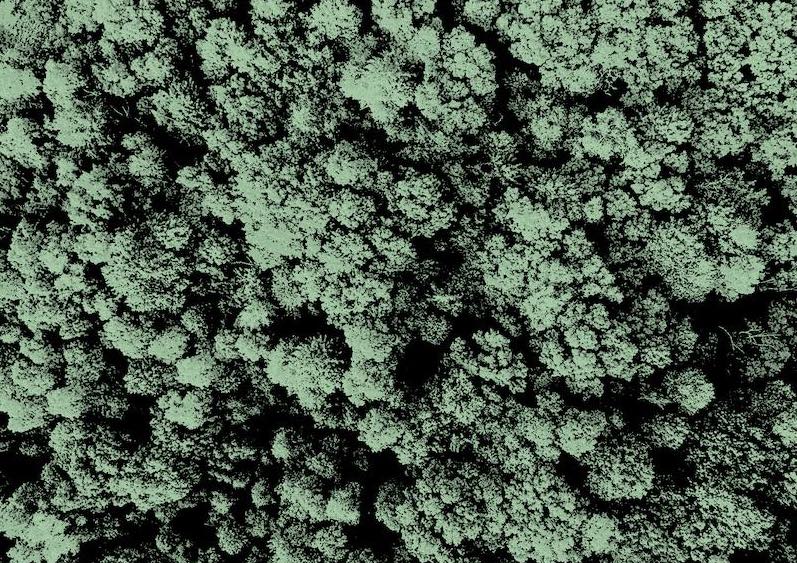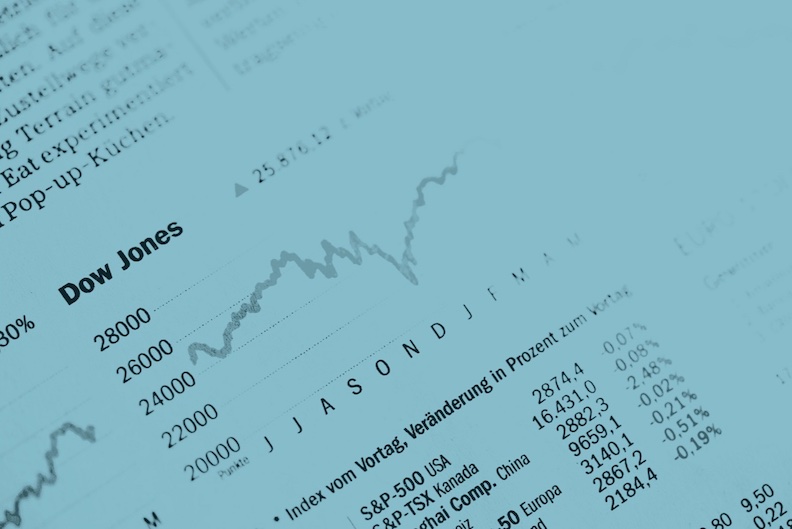What is it about?
Increasing the efficiency in the use of materials is gaining attention as a necessary element in reducing greenhouse gas emissions, supplementing the shift towards renewable energy, improved energy efficiency, and carbon sequestration. Despite optimism surrounding the potential for using public policy to advance material efficiency strategies, detailed assessment of the current status of material efficiency policy is very limited. This paper reviews public policy toward material efficiency for homes and cars.
Featured Image
Why is it important?
Increasing renewable energy, energy efficiency, and carbon sequestration are not likely to be sufficient to slow climate change. Material efficiency and the circular economy are gaining attention as an additional way to reduce carbon emissions. This paper reviews existing public policy toward material efficiency and finds that detailed assessment of the current status of material efficiency policy is very limited. Policy toward material efficiency has historically focused on waste management rather than GHG emissions reduction. Evaluation of existing policies, especially for recycling and related waste strategies, is infrequent. Framing efficient use of materials as a measure primarily intended for climate mitigation is relatively recent and uncommon. Production-related policy opportunities have been neglected because using material efficiency to reduce GHGs is novel in some sectors and because increased material efficiency faces economic and social barriers.
Perspectives
There is a great deal of enthusiasm for material efficiency and the circular economy--and increasing their role in climate policy--but careful, dispassionate examination of the status and potential of public policy for material efficiency is limited. Without understanding where policy and policy evaluation stand, it will be hard to realize the potential contribution to climate mitigation from this approach.
Reid Lifset
Yale University
Read the Original
This page is a summary of: Policy for material efficiency in homes and cars: Enabling new climate change mitigation strategies, Wiley Interdisciplinary Reviews Climate Change, March 2024, Wiley,
DOI: 10.1002/wcc.881.
You can read the full text:
Resources
Product life cycle and material efficiency strategies.
Product life cycle and material efficiency strategies. The blue arrows indicate an increase in outflow for the same inflows improves material efficiency. The yellow arrows indicate a reduction in outflow improves material efficiency. Source: Hertwich et al. (2020) inspired by Reck et al. (2008) and Allwood et al. (2011).
Simplified causal chain for material efficiency policy.
Policy to improve material efficiency as a means of reducing greenhouse gas (GHG) emissions must not only reduce materials use, but also lead to actual reductions in GHGs.
Contributors
The following have contributed to this page







